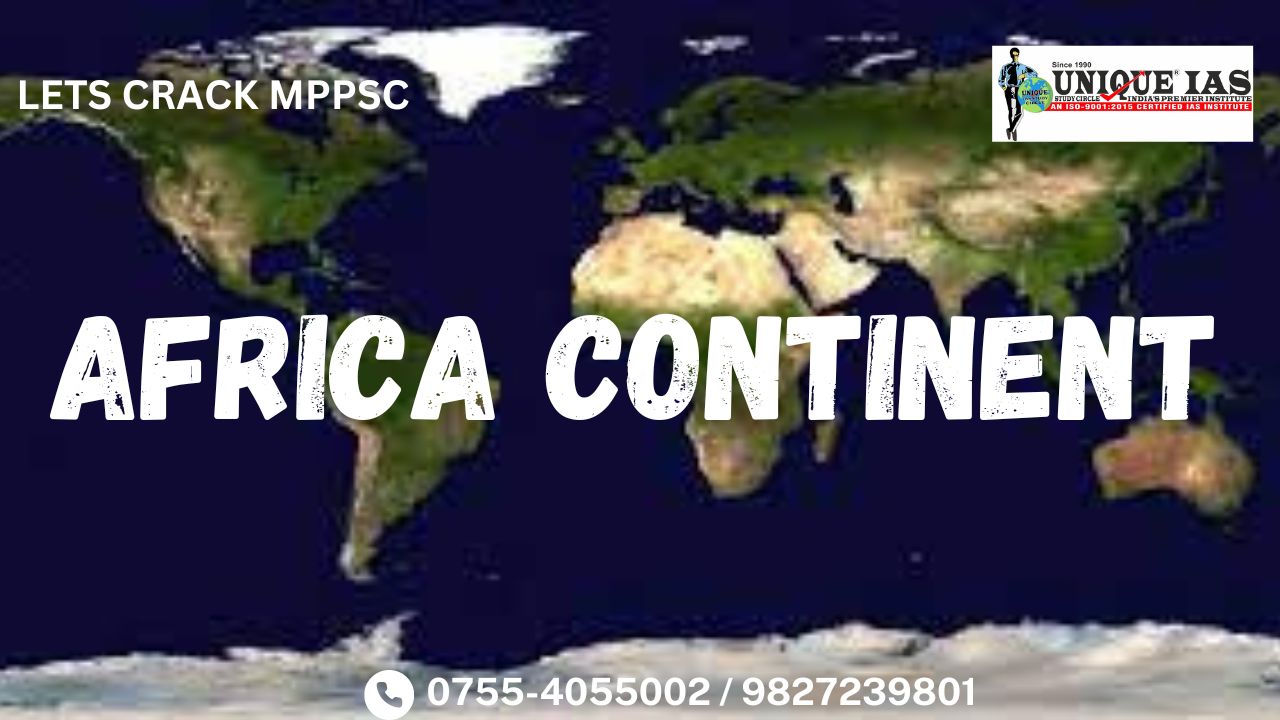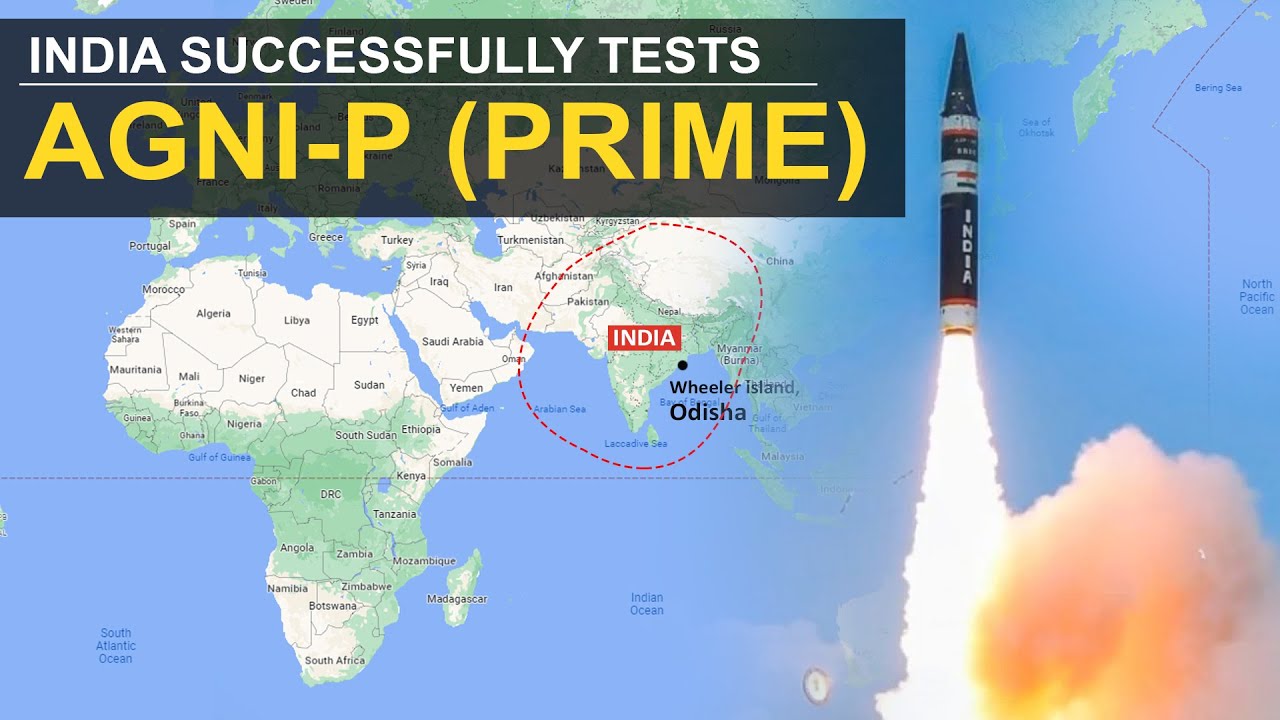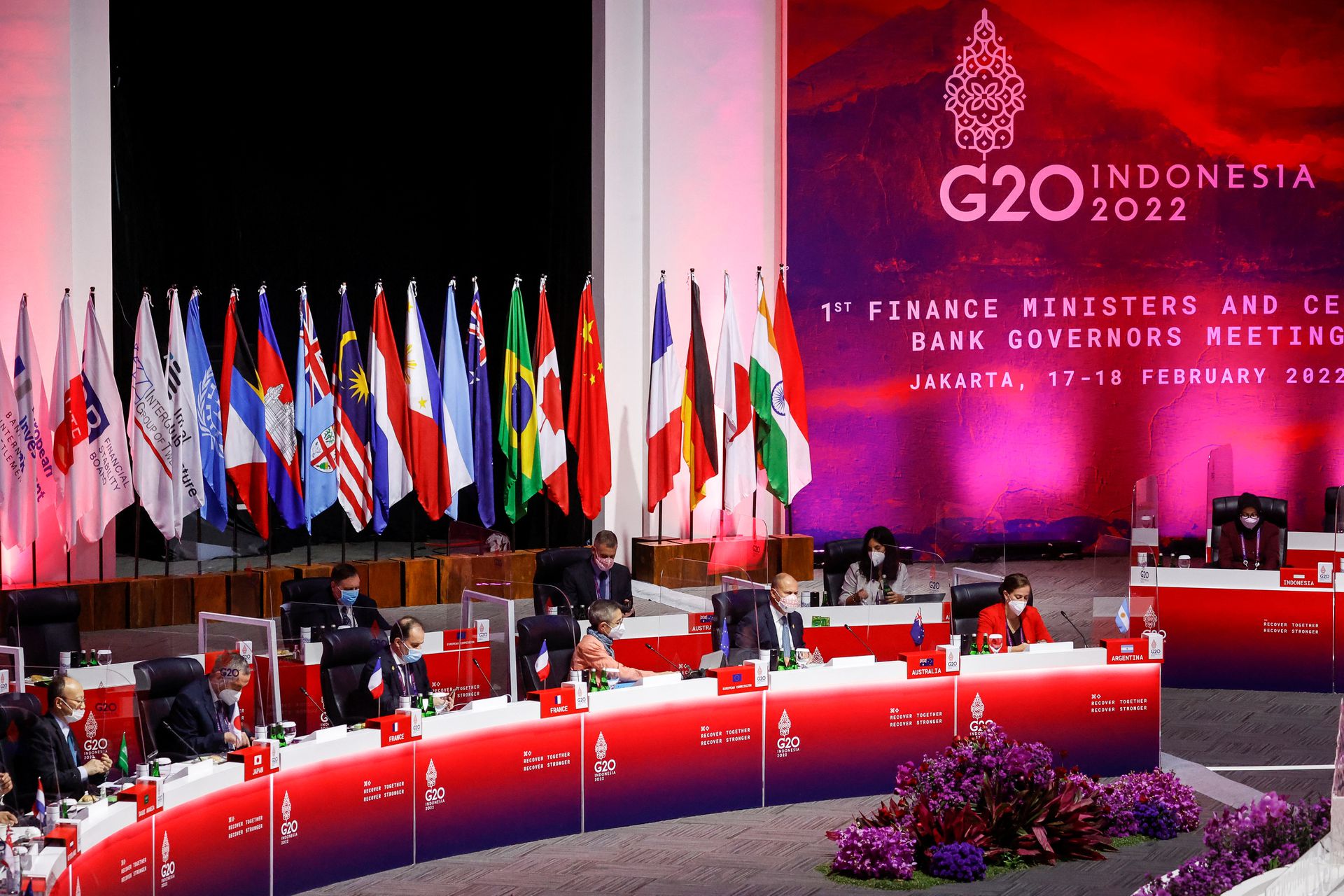Major Industries In India-भारत में प्रमुख उद्योग
Industry is the production of goods or related services within an economy. Manufacturing industry became a key sector of production and labour in European and North American countries during the Industrial Revolution, upsetting previous mercantile and feudal economies. This came through many successive rapid advances in technology, such as the production of steel and coal.
The Industrial Revolution was the transition to new manufacturing processes in the period from about 1760 to sometime between 1820 and 1840.
This transition included going from hand production methods to machines, new chemical manufacturing and iron production processes, the increasing use of steam power, the development of machine toolsand the rise of the factory system.
Classification of Industries
-There are four types of industry. These are primary, secondary, tertiary and quaternary.
1-Primary industry involves getting raw materials e.g. mining, farming and fishing.
2-Secondary industry involves manufacturing e.g. making cars and steel.
3-Tertiary industries provide a service e.g. teaching and nursing.
4-Quaternary industry involves research and development industries e.g. IT.
-The factors influencing the location of industry can be divided into two broad categories i.e.
(I) Geographical factors (II) Non-geographical factors.
I. Geographical Factors:
Following are the important geographical factors influencing the location of industries.
1. Raw Materials:
The significance of raw materials in manufacturing industry is so fundamental that it needs no emphasising. Indeed, the location of industrial enterprises is sometimes determined simply by location of the raw materials.
The jute mills in West Bengal, sugar mills in Uttar Pradesh, cotton textile mills in Maharashtra and Gujarat are concentrated close to the sources of raw materials for this very reason. Industries like iron and steel, which use very large quantities of coal and iron ore, losing lot of weight in the process of manufacture, are generally located near the sources of coal and iron ore.
Some of the industries, like watch and electronics industries use very wide range of light raw materials and the attractive influence of each separate material diminishes. The result is that such industries are often located with no reference to raw materials and are sometimes referred to as ‘footloose industries’
2. Power:
Regular supply of power is a pre-requisite for the localisation of industries. Coal, mineral oil and hydro-electricity are the three important conventional sources of power. Most of the industries tend to concentrate at the source of power.
The iron and steel industry which mainly depends on large quantities of coking coal as source of power are frequently tied to coal fields. Others like the electro-metallurgical and electro-chemical industries, which are great users of cheap hydro-electric power, are generally found in the areas of hydro-power production, for instance, aluminium industry.
As petroleum can be easily piped and electricity can be transmitted over long distances by wires, it is possible to disperse the industry over a larger area. Industries moved to southern states only when hydro-power could be developed in these coal-deficient areas.
3. Labour:
No one can deny that the prior existence of a labour force is attractive to industry unless there are strong reasons to the contrary. Labour supply is important in two respects (a) workers in large numbers are often required; (b) people with skill or technical expertise are needed. Estall and Buchanan showed in 1961 that labour costs can vary between 62 per cent in clothing and related industries to 29 per cent in the chemical industry; in the fabricated metal products industries they work out at 43 per cent.
In our country, modem industry still requires a large number of workers in spite of increasing mechanisation. There is no problem in securing unskilled labour by locating such industries in large urban centres. Although, the location of any industrial unit is determined after a careful balancing of all relevant factors, yet the light consumer goods and agro-based industries generally require a plentiful of labour supply.
4. Transport:
Transport by land or water is necessary for the assembly of raw materials and for the marketing of the finished products. The development of railways in India, connecting the port towns with hinterland determined the location of many industries around Kolkata, Mumbai and Chennai. As industrial development also furthers the improvement of transport facilities, it is difficult to estimate how much a particular industry owes to original transport facilities available in a particular area.
5. Market:
The entire process of manufacturing is useless until the finished goods reach the market. Nearness to market is essential for quick disposal of manufactured goods. It helps in reducing the transport cost and enables the consumer to get things at cheaper rates.
It is becoming more and more true that industries are seeking locations as near as possible to their markets; it has been remarked that market attractions are now so great that a market location is being increasingly regarded as the normal one, and that a location elsewhere needs very strong justification.
Ready market is most essential for perishable and heavy commodities. Sometimes, there is a considerable material increase in weight, bulk or fragility during the process of manufacture and in such cases industry tends to be market oriented.
6. Water:
Water is another important requirement for industries. Many industries are established near rivers, canals and lakes, because of this reason. Iron and steel industry, textile industries and chemical industries require large quantities of water, for their proper functioning.
II. Non-Geographical Factors:
The non-geographical factors are those including economic, political, historical and social factors. These factors influence our modern industries to a great extent. Following are some of the important non- geographical factors influencing the location of industries.
1. Capital:
Modem industries are capital-intensive and require huge investments. Capitalists are available in urban centres. Big cities like Mumbai, Kolkata, Delhi, and Chennai are big industrial centres, because the big capitalists live in these cities.
2. Government Policies:
Government activity in planning the future distribution of industries, for reducing regional disparities, elimination of pollution of air and water and for avoiding their heavy clustering in big cities, has become no less an important locational factor.
Location of oil refinery at Mathura, coach factory at Kapurthala and fertiliser plant at Jagdishpur are some of the results of government policies.
3. Industrial Inertia:
Industries tend to develop at the place of their original establishment, though the original cause may have disappeared. This phenomenon is referred to as inertia, sometimes as geographical inertia and sometimes industrial inertia.
The lock industry at Aligarh is such an example.
4. Efficient Organisation:
Efficient and enterprising organisation and management is essential for running modem industry successfully. Bad management sometimes squanders away the capital and puts the industry in financial trouble leading to industrial ruin.
5. Banking Facilities:
Establishment of industries involves daily exchange of crores of rupees which is possible through banking facilities only. So the areas with better banking facilities are better suited to the establishment of industries.
6. Insurance:
There is a constant fear of damage to machine and man in industries for which insurance facilities are badly needed.
Industrial System-
Industry accounts for 22-26% of GDP and employs 22% of the total workforce .
The economy of India is the 6th largest in the world by nominal GDP(GDP evaluated at current market prices) and the third-largest by purchasing power parity (PPP). The country is one of the G-20 major economies, a member of BRICS and a developing economy that is among the top 20 global traders according to the WTO.
Textile-
This is the oldest and one of the largest industry in India. First modern textile mill was opened in 1854 at Bombay. In 1964 National textile corporation was established in order to deal with the sickness which normally deal with sick textile industry.
Normally this sector gives employment to 1.7 cr. people. A large chunk of industrial sickness is in textile sector It account for 12 % part of total exports.
The domestic apparel & textile industry in India contributes 5% to the country's GDP, 7% of industry output in value terms .
To promote exports apparel parks are established like Bangalore, Ludhiana, Surat, Kanpur, Canchipuram (Tamil Nadu).
From 1st jan.2005 the MFA (Multiple fiber agreement) is dismantled.
The maximum textile mills are in Maharashtra and Gujarat.
Jute:
The jute is obtained from the stem of Juncea. First jute mill opened are 1859, it was established at Risra in Serampur. Jute has to suffer the outcome of partition.
Currently 90 % production is in west Bengal. Normally India is No.1 in jute production and in export it is No.2 all over the world.
Coir industry:
Maximum coir industry is in Kerala.
Sugar industry:
India normally ranks first in sugar cane production. It's 25 to 40 % part is utilized in making Gur (Khandsari) Hence in production of sugar India is not no. 1. India normally produces 18 to 20 millions tones of sugar.
Among states U.P ranks 1st and Maharashtra 2nd.
Levy Policy: Under this some quantity of the sugar has to be sold to the govt.at the Govt. rate. The Indian institute of sugar technology is at Kanpur.
Leather industry:
India has the world's largest leather production. Among states U.P ranks 1st. Normally 3/4 of leather production is at small scale ad cottage industry .Currently national leather development programs are launched.
Rubber Industry:
The raw rubber is obtained from latex. The largest latex produces is in Kerala but maximum rubber industries are in Maharashtra.
Seri Culture:
The production of silk is known as Seri culture. India ranks 2nd after china . But India is the only country which produces all types of silk.
-In mulberry production Karnataka is 1st.
-In tasar silk, Jharkhand ranks 1st.
-In Muga production Assam stands 1st Muga is the best silk.
-Chhattisgarh known for Kosa silk. This silk is obtained from cocoon.
Among all states Karnataka ranks 1st in silk production.
Tourism:
It is our foreign exchange earning sectors. It accounts for 60,000 to 70,000 crore Rs. of revenue. It accounts for 6 % of the countries GDP, 10 % share in employment.
Additionally, the sector created 40.3 million jobs in 2016, which ranks India 2nd in the world in terms of total employment generated.
Normally more than 9 million of foreigners arrive in India whereas on an average 70-80 lakh tourists go abroad.
The United States is the largest source of international tourists to India, while European Union nations and Japan are other major sources of international tourists. Less than 10% of international tourists visit the Taj Mahal, with majority visiting other cultural, thematic and holiday circuits.
India has a fast growing medical tourism sector of its health care economy offering low cost health and long term care.
Steel Industry:
Steel is regarded as heavy and core industry. In 1907 TISCO (Tata iron and steel company) was established at Jamshedpur (currently at Jharkhand) .It is still India's largest private sector.
In 2nd five year plant - 3 steel plants were established - Bhilai, Raurkela, Durgapur,
- First public sector steel plant in India is Bhadrawati steel plant - Karnataka
- Steel authority of India (SAIL) established in 1974 - It is a govt. company which manages following plants: Bhilai, Raurkela, Durgapur, Bokaro, IIsco (Indian iron and steel company)
- Bokaro: It is India's largest steel plant.
-Vishakha Pattnam (Andhra Pradesh) is countries 1st off shore integrated steel plant
-During LPG- now private sector can manufacture steel.
Chemicals
The chemical industry in India is one of the oldest domestic industries and it currently produces nearly 70,000 commercial products, from cosmetics and toiletries, to plastics and pesticides. The country is the 13th largest exporter of pesticides and disinfectants globally. In terms of volume, it figures 12th largest producer of chemicals. The petrochemical, agrochemical, and pharmaceutical industries are some of the fastest growing sectors in the Indian economy.
Q- What are Active Pharmaceutical Ingredients (APIs)?Active Pharmaceutical Ingredients are the active ingredients contained in a medicine. It is that part of the medicine that produces the intended therapeutic effects. For example, in a painkiller, Crocin, the API is paracetamol. API is the most important raw material in the production of medicines. India ranks 3rd in terms of pharmaceutical production by volume and 14th by value . |
The estimated worth of chemical industry is $28 billion and it accounts for 12.5 per cent of the total industrial production of India and 16.2 per cent of the it’s total exports.
|
Q-What is the rank of India in producing medicines? Ans- India is the 3rd largest producer of medicine in the world and it also the largest provider of generic medicines globally. |
FoodProcessing
India is one of the major food producing country in the world but accounts less than 1.5 per cent of international food trade. Hence, there is a vast scope for the expansion of this industry.
The estimated growth of this industry is 9-12% and on the basis of estimated GDP, the growth rate is 6-8%, during the tenth plan period. The industry employs 1.6 mn workers and it is projected to grow to 37 mn, direct and indirect, by 2025.
Software
The software industry in India symbolizes India's strength in the knowledge based economy. It has witnessed a phenomenal growth in last decade. The Compounded Annual Growth Rate (CAGR) is 42.3%.
According to NASSCOM's (The National Association of Software and Services Companies (NASSCOM), the Indian chamber of commerce is a consortium that serves as an interface to the Indian software industry and Indian BPOmaintaining a state of the art information database of IT software and services related activities for use of both the software developers as well as interested companies overseas.
Services
India's services sector has the largest share in the GDP, accounting for 57%. It is the 12th largest in the world by nominal GDP, and fourth largest when purchasing power is taken into account. The services sector provides employment to 27% of the work force.
The IT industry accounted for 8% of India's GDP in 2020.
The growth in the IT sector is attributed to increased specialisation, and an availability of a large pool of low cost, highly skilled, educated and fluent English-speaking workers, on the supply side, matched on the demand side by increased demand from foreign consumers interested in India's service exports, or those looking to outsource their operations.
Paper
Machine-made paper was first manufactured in India in 1812.. Soft wood is the principal raw material used for making paper in India especially newsprint and high class printing papers. With rising population and broadening of education, the demand for paper has been constantly escalating since. Owing to very narrow forest resources, wood pulp is in a shortage. As soft woods grow in temperate climate, India is in short supply of such woods. Thus, in such circumstances, Bamboo became the major raw materials for the manufacture of paper in the country as it grows very quickly even after cutting.
Therefore, bamboo, sabai grass, cotton grass, cereal straws and sugarcane bagasses are being used more and more. Waste paper and rags are also recycled as raw materials.
Paper industry in India is mainly plantation based. Thus, it is essential that more land must be brought under plantations of eucalyptus and other trees apposite for the making of papers.
|
Q-What is Sabai grass ?Where is Sabai grass found in India? Ans- Sabai grass (Eulaliopsis binata) is a fine natural fibre belonging to the grass family. Sabai grass is usually cultivated in Orissa, West Bengal of India . Q- What is the use of Sabai Grass? In India, it is being used for paper making since 1870. For their flexibility and strength, the leaves are utilized for making ropes and other rope-based utility items. Most importantly, sabai grass has a prominent role to play in the sustainability of tribal economics of some regions of various countrie |
Calcium bisulphate, caustic soda and sodium sulphate are the principal chemicals used for manufacturing. The paper industry also requires huge amount of soft water.
The paper utilized for newspapers is called newsprint. Its requirement is bound to grow noticeably.
The Nepanagar Newsprint plant in Madtiya was set up to meet these aforementioned demands. Its capacity has been raised to 75,000 tonnes a year.
West Bengal and Maharashtra are the leaping states in this industry. But plants have come up in other parts of the country also. The total newsprint production has now reached well over 400,000 tonnes. However, imports of huge number of papers are still obligatory.
In India, all states except for a few have paper mills. These paper mills are situated at places that have advantages of easy access to the raw materials specifically bamboo.
West Bengal has a several paper mills that use bamboo from the forests of neighbouring states. Assam has huge inexhaustible reserves of bamboo and other woods also, which are suitable for the production of paper and paperboard. Demand for paper as well as paper board has increased considerably after the independence of the country
Automotive industry in India
The Automotive industry in India is one of the largest in the world and one of the fastest growing globally. India's passenger car and commercial vehicle manufacturing industry is the seventh largest in the world, with an annual production of more than 3.7 million units in 2010. According to recent reports, India is set to overtake Brazil to become the sixth largest passenger vehicle producer in the world, growing 16-18 per cent to sell around three million units in the course of 2011-12.
India emerged as Asia's fourth largest exporter of passenger cars, behind Japan, South Korea, and Thailand.
As of 2010, India is home to 40 million passenger vehicles. More than 3.7 million automotive vehicles were produced in India in 2010 (an increase of 33.9%), making the country the second fastest growing automobile market in the world.
According to the Society of Indian Automobile Manufacturers, annual vehicle sales are projected to increase to 5 million by 2015 and more than 9 million by 2020. By 2050, the country is expected to top the world in car volumes with approximately 611 million vehicles on the nation's roads.
The majority of India's car manufacturing industry is based around three clusters in the south, west and north.
1-The southern cluster near Chennai is the biggest with 35% of the revenue share.
Chennai, is also referred to as the "Detroit of India"with the India operations of Ford,
Hyundai, Renault and Nissanheadquartered in the city and BMW having an assembly plant on the outskirts. Chennai accounts for 60% of the country's automotive exports.
2-The western hub near Maharashtra is 33% of the market.
The Chakan corridor near Pune, Maharashtra is the western cluster with companies like General Motors, Volkswagen, Skoda,Mahindra and Mahindra, Tata Motors, Mercedes Benz, Land Rover, Fiat and Force Motors having assembly plants in the area.
Aurangabad with Audi, Skoda andVolkswagen also forms part of the western cluster.
3- The Nothern hub is Gurgaon and Manesar in Haryanaform the northern cluster where the country's largest car manufacturer, Maruti Suzuki, is based.
Another emerging cluster is in the state of Gujarat with manufacturing facility of General Motors in Halol and further planned for Tata Nano at Sanand. Ford, Maruti Suzuki and Peugeot-Citroen plants are also set to come up in Gujarat
Kolkatta with Hindustan Motors, Noida with Honda and Bangalore with Toyota are some of the other automotive manufacturing regions around the country.
Engineering
Engineering industry of India is the largest sub-sector of its industry GDP .It includes transport equipment, machine tools, capital goods, transformers, switchgears, furnaces, cast and forged simple to precision parts for turbines, automobiles and railways.
The industry employs about four million workers. On value added basis, India's engineering industry sector exported $70 billion worth of engineering goods i, as well served part of the domestic demand for engineering goods.
The engineering industry of India includes its growing car, motorcycle and scooters industry, as well as productivity machinery such as tractors.. India is the 12th largest producer and 7th largest consumer of machine tools in the world.
The gems and jewelry
India is one of the world's largest diamonds and gem polishing and jewelry manufacturing center. The industry contributes about 7% of India's GDP, employs millions, and is a major source of its foreign exchange earnings.
About 11 out of 12 diamonds set in any jewellery in the world are cut and polished in India. It is also a major hub of gold and other precious metal-based precision jewelry industry. Its domestic demand for gold and jewelry products is another driver of India's GDP.
Retail
Retail industry contributes between 15% to 20% of India's GDP. The Indian retail market is estimated to be US$450 billion and one of the top five retail markets in the world by economic value. India is one of the fastest growing retail market in the world and is projected to reach $1.3 trillion by 2020.
India's retailing industry mostly consists of the local mom and pop store, owner manned shops and street vendors.
In 2012 government permitted 51% FDI in multi brand retail and 100% FDI in single brand retail. However, a lack of back end warehouse retail infrastructure, as well as state level permits and red tape continues to limit organized retail's growth in Indian economy
|
Sonbhadra District- the "Energy Capital of India ! The district headquarters is in the town of Robertsganj. It is the only district in India which borders four states namely Madhya Pradesh, Chhattisgarh, Jharkhand, and Bihar. It is currently a part of the Red Corridor.( Naxalite communist insurgency hit areas) The southern region of Sonbhadra District is referred as the "Energy Capital of India"; this region has many electrical power stations around Govind Ballabh Pant Sagar (Rhind dam.) - NTPC (a leading power generation company in India) has three coal-based thermal power plants at…..
Uttar Pradesh Rajya Vidyut Utpadan Nigam Limited plants are- 5-Renusagar (Hindalco Pipri-Hydro(UPRVUNL). Renusagar Power Plant, a 700 MW captive power plant which supplies electricity to Hindalco Industries' operations in Renukoot. Hindalco Industries Ltd. (BSE: 500440,NSE: HINDALCO) is one of the world's largest Aluminium manufacturing company and is a subsidiary of the Aditya Birla Group NCL (a branch of Coal India Ltd.) has its headquarters and many coal mines in this region. |
Some PSU in India
-Antrix Corporation Ltd.1993 Dept. Of Space Bangalore, Karnataka
Bharat Coking Coal Ltd. 1972 Ministry Of Coal ,Dhanbad, Jharkhand Mining,Coal & Lignite
Bharat Electronics Ltd. 1954 Ministry Of Defence D/o Defence Production ,Bangalore, Karnataka
Manufacturing Medium & Light Engineering Navratna
Bharat Heavy Electricals Ltd. 1964 Ministry Of Heavy Industries & Public Enterprises D/o Heavy Industries ,Bhopal (Madhya Pradesh ),BHEL [[Ranipur, Uttarakhand|Ranipu Ramachandrapuram, Hyderabad (Andhra Pradesh) ,Transformer Plant, BHEL Jhansi (Uttar Pradesh),High Pressure Boiler Plant and Seamless Steel Tube Plant, Trichy(Tamil Nadu), Boiler Auxiliaries Plant, Ranipet, vellore (Tamil Nadu),Electronics Division and Electro Porcelain Division, Bangalore (Karnataka),Jagdishpur (Uttar Pradesh),Rudrapur (Uttrakhand)
Bharat Refractories Ltd. 1974 Ministry Of Steel Mining Other Minerals & Metals
Cochin Shipyard Ltd.1972 Ministry Of Shipping Kochi Kerala Manufacturing Transportation Equipment Miniratna Category
Damodar Valley Corporation 1948 Ministry Of Power Kolkata West Bengal Electricity
Goa Shipyard Ltd.1967 Ministry Of Defence D/o Defence Production Vasco Da Gama Goa
Manufacturing Transportation Equipment, Miniratna catagory
Hindustan Aeronautics Ltd. 1964 Ministry Of Defence D/o Defence Production Bangalore Karnataka
Manufacturing Transportation Equipment Navratna
Hindustan Copper Limited 1967, Ministry Of Mines Kolkata West Bengal
Mining Other Minerals & Metals Miniratna Category – I
HMT Bearings Ltd.1981 Ministry Of Heavy Industries & Public Enterprises D/o Heavy Industries Hyderabad Andhra Pradesh Manufacturing Medium & Light Engineering
HMT Chinar Watches Ltd. 1999 Ministry Of Heavy Industries & Public Enterprises D/o Heavy Industries
Srinagar Jammu & Kashmir Manufacturing medium & Light Engineering
HMT Ltd. 1953 Ministry Of Heavy Industries & Public Enterprises D/o Heavy Industries Bangalore Karnataka Manufacturing, Medium & Light Engineering
HMT Machine Tools Ltd. 1999, Ministry Of Heavy Industries & Public Enterprises D/o Heavy Industries
Bangalore Karnataka Manufacturing Medium & Light Engineering
HMT Watches Ltd. 1999 Ministry Of Heavy Industries & Public Enterprises D/o Heavy Industries
Bangalore Karnataka Manufacturing Medium & Light Engineering
Indian Oil Corporation Ltd. 1964 Ministry Of Petroleum & Natural Gas New Delhi,Manufacturing Petroleum (refinery & Marketing) Maharatna
Mazagon Dock Ltd.1934 Ministry Of Defence D/o Defence Production,Mumbai Maharashtra Manufacturing Transportation Equipment,Miniratna Category – I
|
No. |
Place |
State |
Significance |
|---|---|---|---|
|
1 |
90% of woolen garments produced here |
||
|
2 |
80% of leather export, Hosiery |
||
|
3 |
Largest number of Power looms |
||
|
4 |
Auto Parts |
||
|
5 |
Glass and bangle works |
||
|
6 |
Diamond mines |
||
|
7 |
Textiles |
||
|
8 |
Wooden toys and lacquerware |
||
|
9 |
Cashew |
||
|
10 |
Handloom |
||
|
11 |
Handicrafts |
||
|
11 |
Locomotive |
||
|
12 |
Silks |




.jpg)
.jpg)
.jpg)
.jpg)
.jpg)



.jpg)

